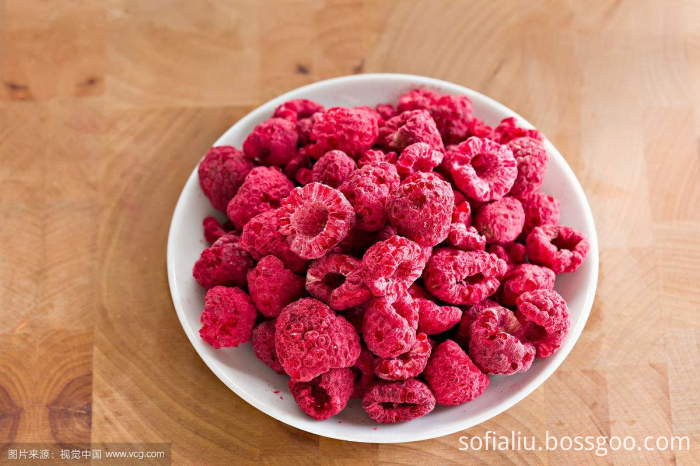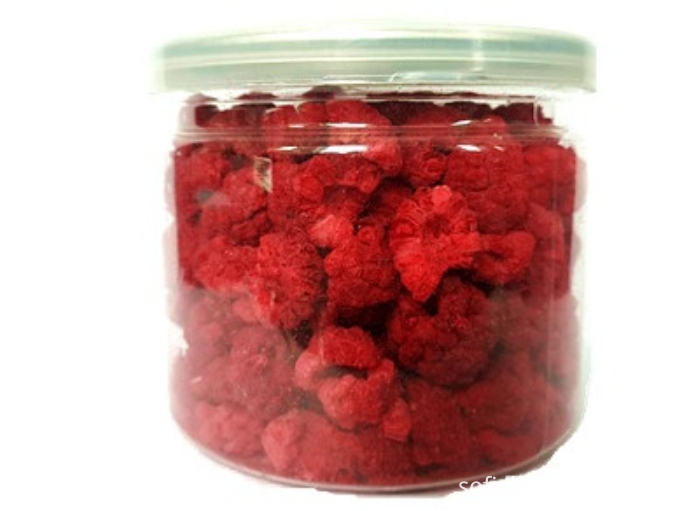Spring chickens technical points
Second, the selection of young chicks. The young chicks are generally lively and active, their legs are strong, their movements are comfortable, their eyes are big, and their navels are healing well. Poor young general villi dirty, umbilical blood or yolk absorption is incomplete, apathetic, closed eyes snoring, standing unstable. When buying a chick, you must carefully select the chicks.
Third, heat and humidity. Chicks have few villi, poor insulation, cold resistance, and high and low humidity all affect growth and development. The suitable temperature for broilers is: 32-35°C for newborns, 30-32 for 1 week, 28-30 for 2 weeks, 25-28° for 3 weeks, and 22-25° for 4 weeks. The week is reduced by about 15°C. The temperature must be balanced and not be erratic. The thermometer must be placed 10 cm above the chick's active position. The temperature is appropriate, the chicks are evenly dispersed; the temperature is too low and the chicks are crowded. The humidity should be maintained at 60-65% within one week of age and 50-60% after one week. Coops are too wet to use a bag of quicklime to absorb moisture in the room; overdrying can put pot water on the stove, through the evaporation of water, increase indoor humidity.
Fourth, adequate drinking water. Chicks can lose 8% of water 24 hours after hatching and 15% of water loss in 48 hours. When the water loss is greater than 15%, dehydration symptoms will soon appear. Therefore, chicks should be provided with sufficient clean drinking water of glucose and vitamin C after 12 hours of shelling to clear the stomach, eliminate meconium, and provide nutrients. For younger than one week old, drinking potassium permanganate for two-tenths is used for disinfection and sterilization. Keep the drinking fountains sanitary and insist on daily cleaning.
Fifth, reasonable feeding. According to the requirements of different breeds of chickens on feed, prepare a comprehensive nutritional feed. Keep food within 12-24°C after hatching. Eat rice with rice and boil it in half-cooked rice. Wash the sticky rice with cold water to make it "live but not hard, cooked and not sticky, granules, and sprinkle with it." Spread the rice in a clean place. On a plastic film or mat, induce the chicks to feed freely, and feed them at the time of sixty-seven percent each time. At the same time, the fresh lettuce is cut into filaments to allow the chicks to feed freely. Feeding methods: less to Tim Tim, strong and weak chicks separately. Usually 1-3 days of feeding every day and night feeding 6 to 8 times, should turn on the lights at night; 4-7 days of age to feed 4-5 times during the day, feed 1 at night; after 8 days of age can be fed 4 times a day, and finally One can feed at 7-8 o'clock in the evening. Six, the density is appropriate. The large density of chickens in the house is not conducive to the growth and development of the chicks. The density is too small to occupy more area, and it is also not conducive to heat preservation. In production practice, it is appropriate to raise 40-50 chicks per square meter, or 20-30 chicks per square meter, or raise 15-20 big chicks per square meter.
Seven, strengthen ventilation. The raising of chickens should pay attention to solving the contradiction between the insulation and ventilation, and the ventilation of the brooding room should be strengthened to maintain the convection of the indoor air in the brooding room and be clean and free of odors. When the sun is sunny, you can open the window for ventilation, especially for chicks over 10 days of age. Avoid cold wind directly to the chicken body, usually pay attention to prevent the thief wind invasion.
Eight, environmental health. Unhygienic and wet conditions can easily cause chick disease, especially chicks and coccidiosis are most likely to occur. Therefore, the ground of the brooding room should be kept dry, and various utensils should be disinfected frequently.
Nine, meticulous management. Always observe the flock and master the flock dynamics. Reduce stress factors, prevent cats, rats, dogs, and birds from entering the hen house; check the temperature at any time. Too low temperatures often cause the chicks to get crushed; the licking anal chicks can be coated with gentian violet at the quilt. Coat the red potion, because after the red potion is coated, the chicken pot will be even more severe; 7-11 days old will be cut off in time, and the 1/2 of the captivity of the chick and the 1/3 of the lower abdomen will be removed with a cutting device. Days can add appropriate amount of vitamin K3 (10-20 mg/kg body weight) and antibiotics to the feed to prevent bleeding and slow down the stress response.
Tenth, pay attention to epidemic prevention. The chicks were injected with 0.2 ml of freeze-dried vaccine of Marek's disease turkey herpes virus at the age of one day and immunized for the first time. Glucose added to drinking water, 0.1% of vitamins, penicillin, streptomycin each 1500 units. Add 0.02% of furazolid in drinking water from 2 to 7 days of age, and mix 0.1% of chloramphenicol with the feed. At the 7th day of age, Newcastle disease II or IV strains were injected with the prescribed doses of eye drops for the first immunization. Marek's disease vaccine was injected subcutaneously at 14 days of age for a second immunization. At the age of 18 days, bursitis vaccine was first immunized at the prescribed dose. At the age of 30 days, a second immunization was carried out with the Newcastle disease II vaccine or the IV vaccine at the prescribed dose by intranasal instillation. At the age of 40 days, the vaccine was used for the second immunization at the prescribed dose.
- Nutritional values remain intact
- Same Flavor, aroma, color
- 100% natural: Nothing added no preservatives
Freeze dried Raspberry are used by visionary food manufacturers. From packaged snacks to ready-to-cook mixes, ice-cream flavoring, desserts, cereals, confectionary, granola bars and much more.
Our raspberries are fresh and no chemical pollution, the Cultivation Type is common and opening air.
So, don't worry about it when you eating our product.

The quality of our FD raspberry is the key to our success and we pay great detail to all aspects of the supply chain. And then the fd raspberry in good control, guarantying the replacement of a good part of your daily vitaminins, proteins, and minerals.

Freeze Dried Raspberry
Freeze Dried Raspberry, Raspberry, Organic Freeze Dried Raspberry
Ningxia Wolfberry Goji Industry Co.,ltd , http://www.nx-wolfberry.com